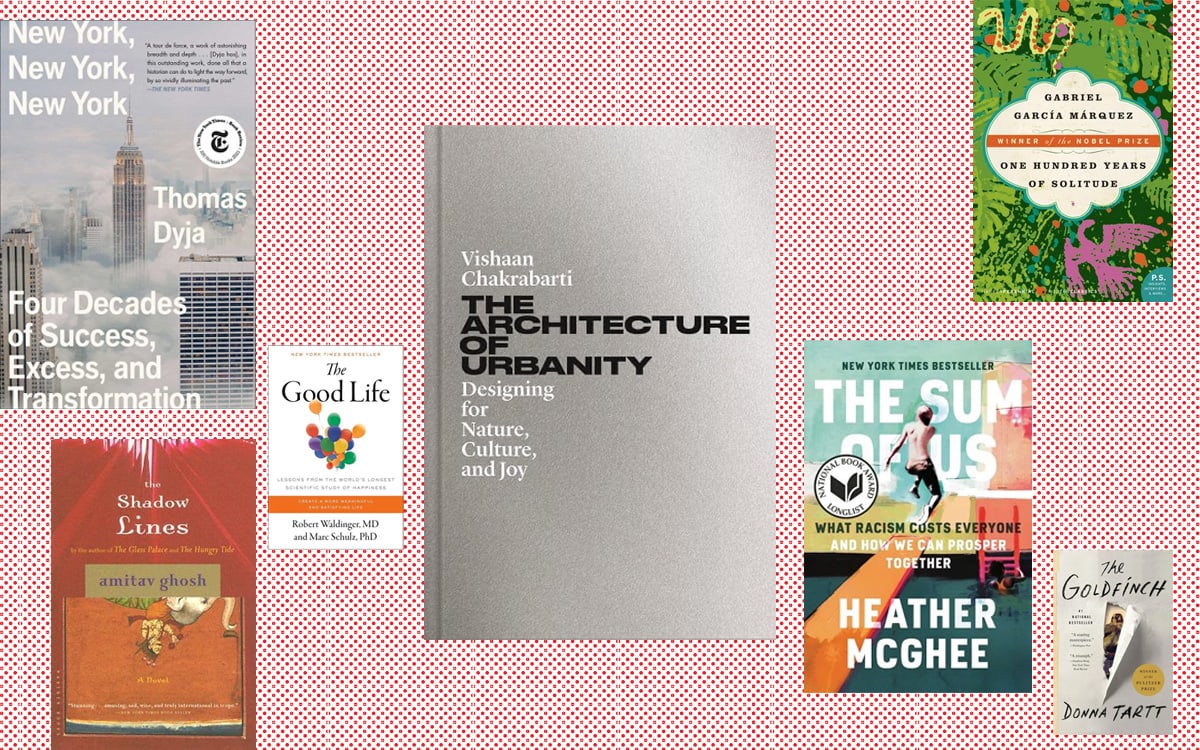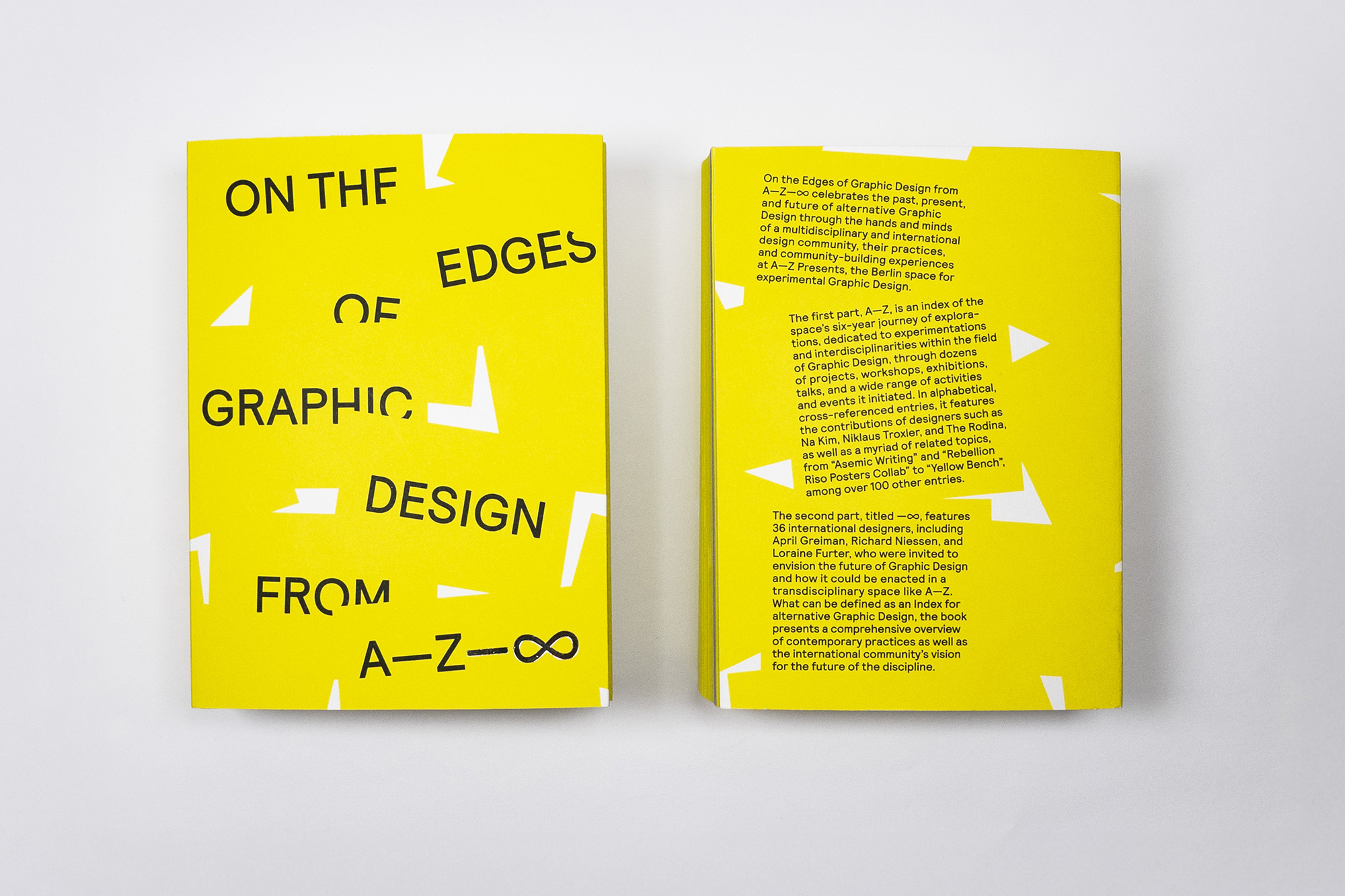Vishaan Chakrabarti’s new book The Architecture of Urbanity is a manifesto for architecture as a force for addressing our biggest social challenges. Taking readers from the great cities of antiquity to the worldwide exurban sprawl of our postindustrial age, Chakrabarti examines architecture’s relationship to history’s greatest social, technological, and environmental dilemmas. He then presents a rich selection of work by a global array of practicing architects, demonstrating how innovative design can dramatically improve life in big cities and small settlements around the world, from campuses and refugee camps to mega-cities like São Paulo, Lima, Los Angeles, New York, Paris, and Tokyo.
We caught up with Vishaan to recommend some of the books that have influenced him.
In my new book, The Architecture of Urbanity, I argue that creating positive social friction through connective design in our collective environments—from the scale of the village to the campus to refugee camp to the metropolis—is essential to tackling the biggest challenges of our time from climate change to social division, with the potential to enhance nature, culture and joy in our communities. This book is a design response to my first book, essentially arguing that the more technocratic arguments for cities in my first book must be considered through the subjective lens of experience as created through architecture and urbanism. Also, whereas my first book largely focuses on cities as we traditionally understand them, this book really tackles all scales of urbanism. From policymakers to design students to the general public, the book threads the needle of being accessible to the lay person but more intensely applicable to someone in the design disciplines.
Writing this book has been a seven year process that included multiple family moves, a pandemic and an insurrection. I wrote the book in New York, Vermont, California, as well as chunks abroad in New Delhi and elsewhere. My team at PAU was deeply involved in the research, in the creation of the gatefold in chapter one, the infographics in chapter two, the isometrics in chapter six and the sketches in chapter nine. The teams at Princeton and Pentagram were insanely great, as was my own personal editor, Diana Murphy. It has been quite an effort.
To me the purchase of a book in an age of digital media is a solemn thing—it must earn the ability to be one’s possession. As such it is beautifully crafted in terms of the cover and drawings and graphics, down to one of my favorite aspects, the end papers. My personal copy already feels like I’ve owned it for years, and I love that because it echoes what I want my buildings to do….Domino didn’t feel new and precious to me when it opened, and this book didn’t feel new and precious to me when I opened it in that first, heart-stopping, moment.
The book that most influenced you while writing The Architecture of Urbanity
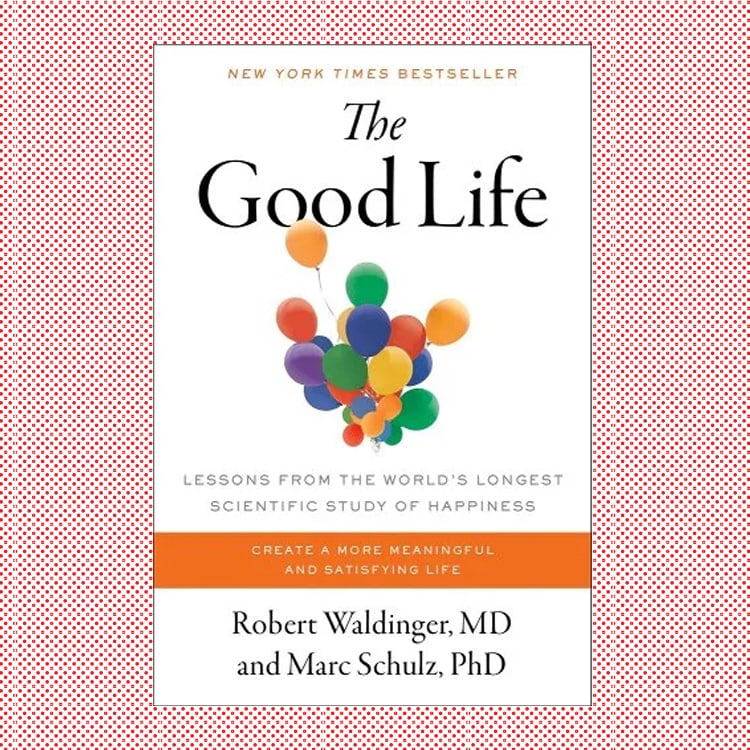
The Good Life: Lessons from the World’s Longest Scientific Study of Happiness by Robert Waldinger and Marc Schulz
A non-design book that has influenced how you write
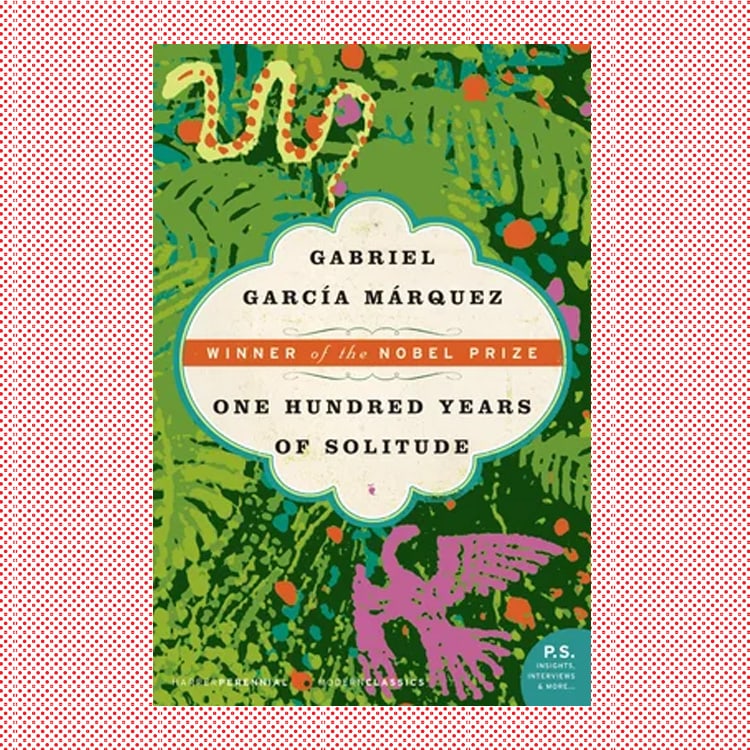
One Hundred Years of Solitude by Gabriel Garcia Marquez
A fiction book that has influenced your work/thinking
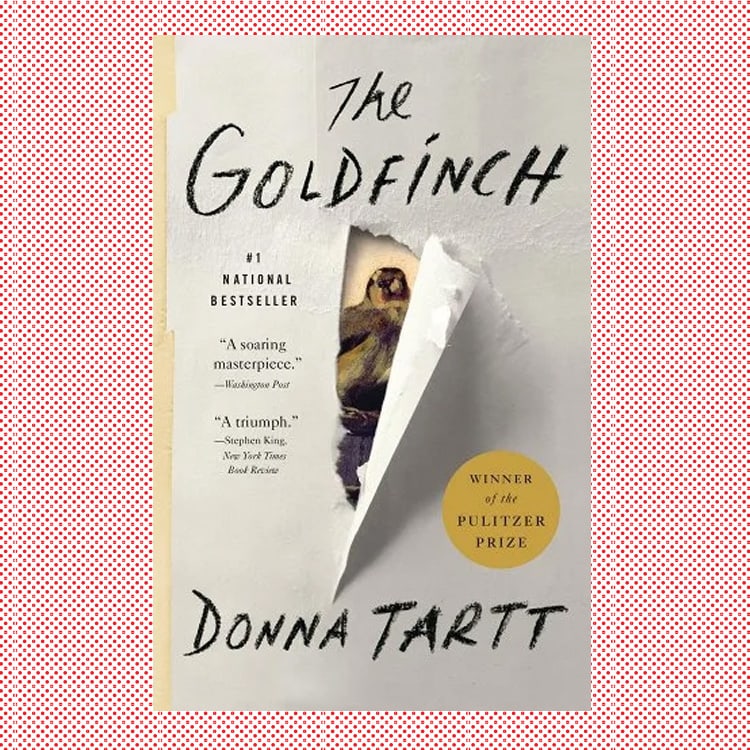
The Goldfinch Donna Tart
Favorite Books on cities and urbanism
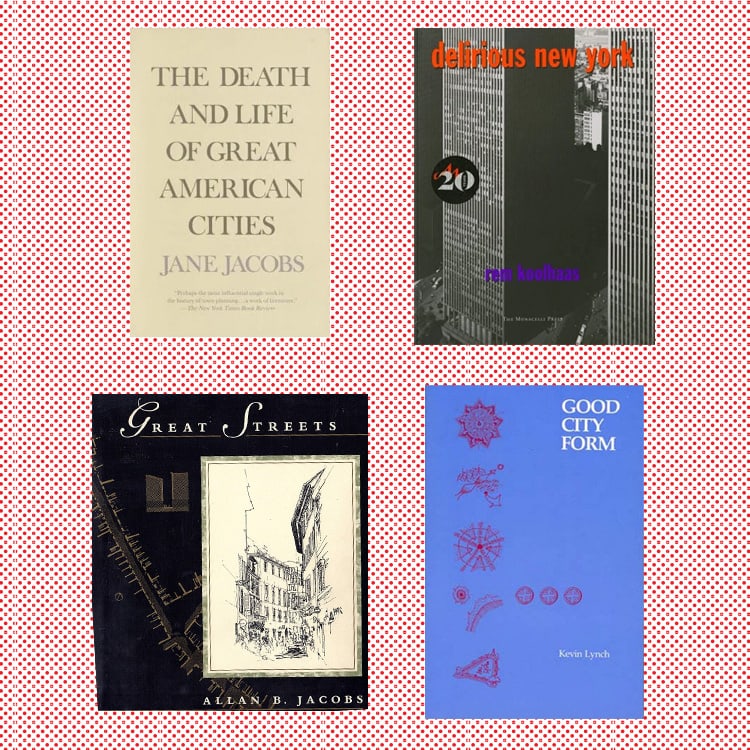
Delirious New York by Rem Koolhaas, Good City Form by Kevin Lynch, Great Streets by Allan Jacobs, The Death and Life of Great American Cities by Jane Jacobs. There are like 100 more…
A favorite non-design book that captures the idea of the city
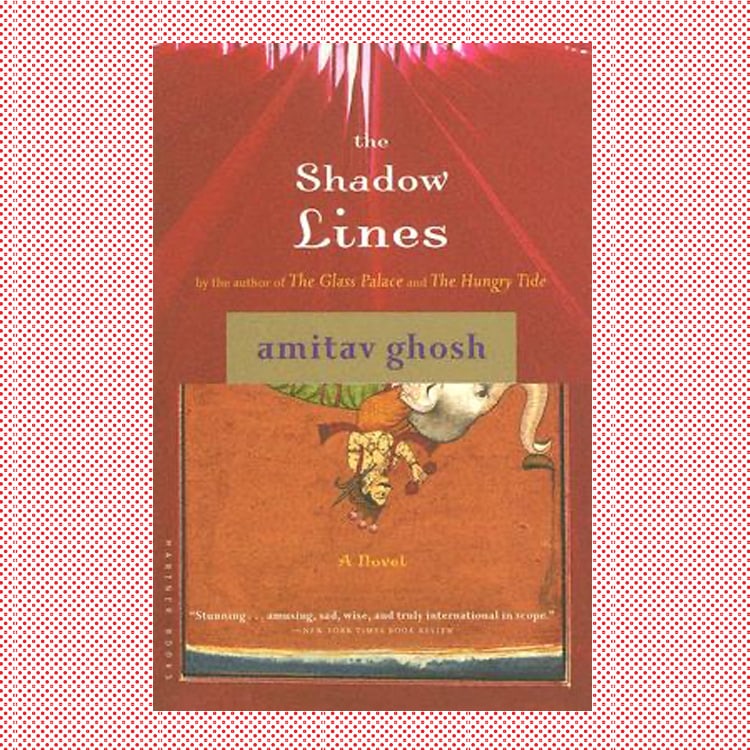
The Shadow Lines by Amitav Ghosh. I’d also recomment Wim Wenders’ recent movie Perfect Days.
A book readers should turn to next after yours
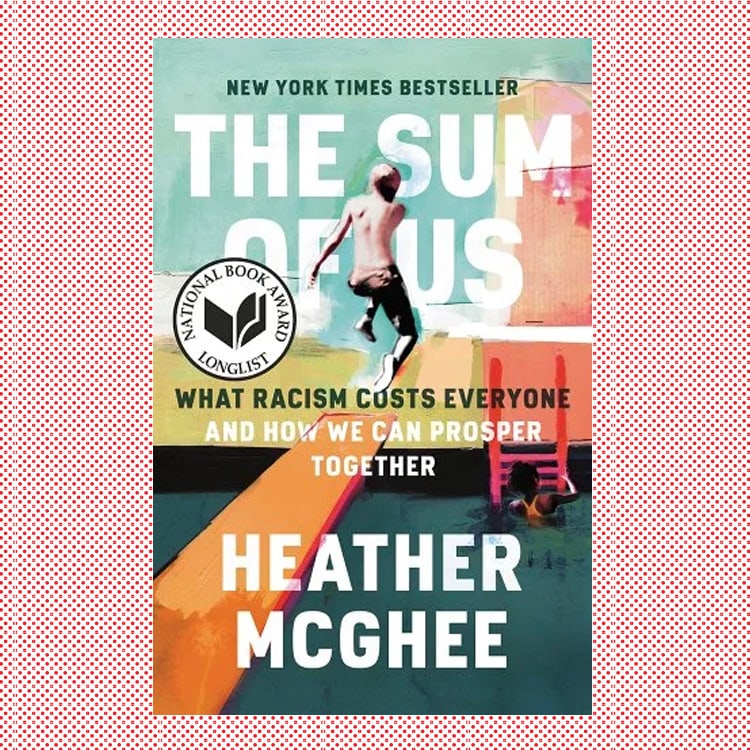
The Sum of Us by Heather McGee
An upcoming book you’re excited to read
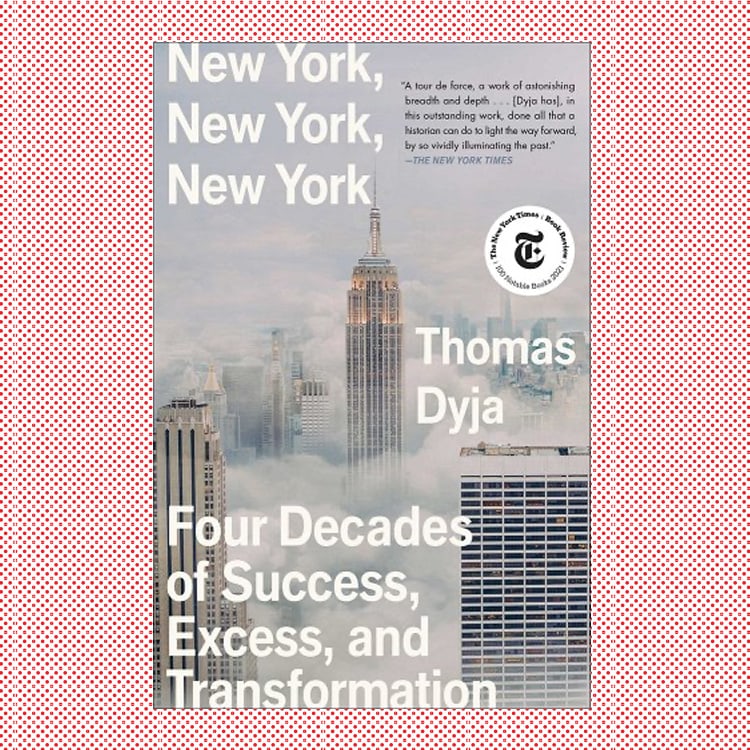
New York, New York, New York: Four Decades of Success, Excess, and Transformation by Tom Dyja
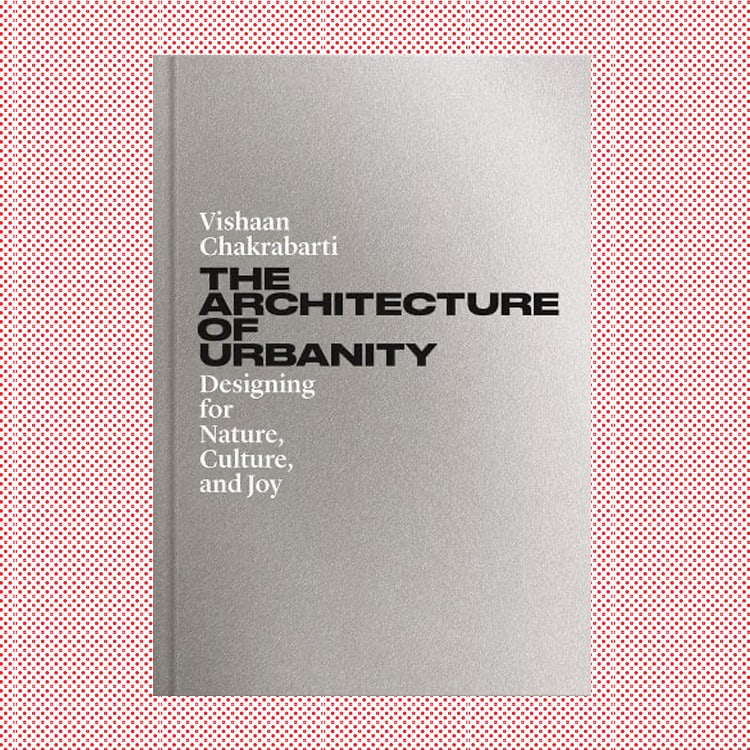
The Architecture of Urbanity: Designing for Nature, Culture, and Joy by Vishaan Chakrabarti, is available from Princeton University Press. You can listen to our interview with Vishaan from 2019 here.

